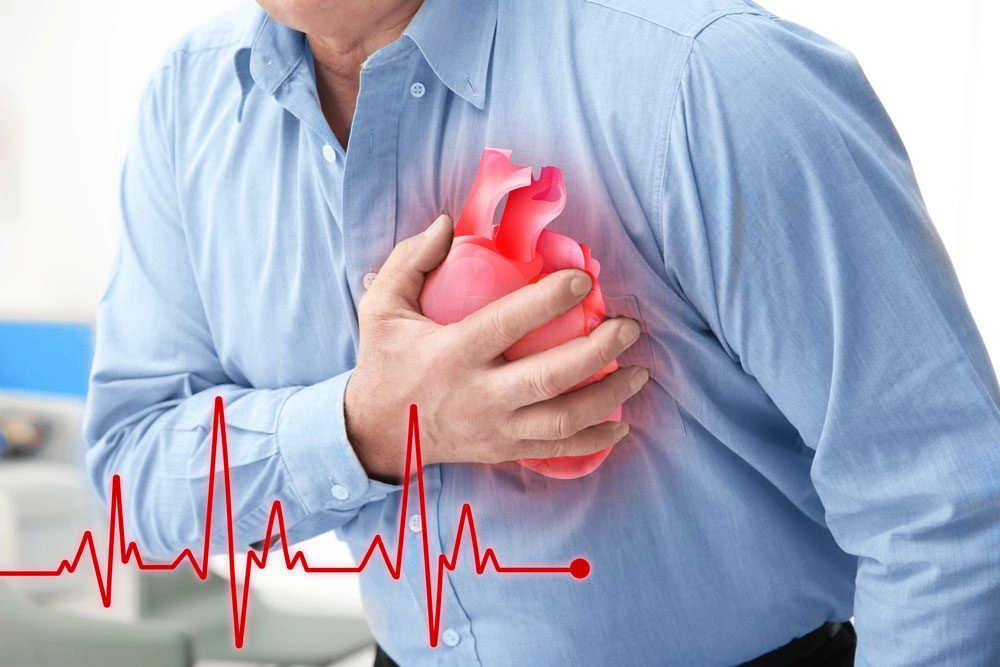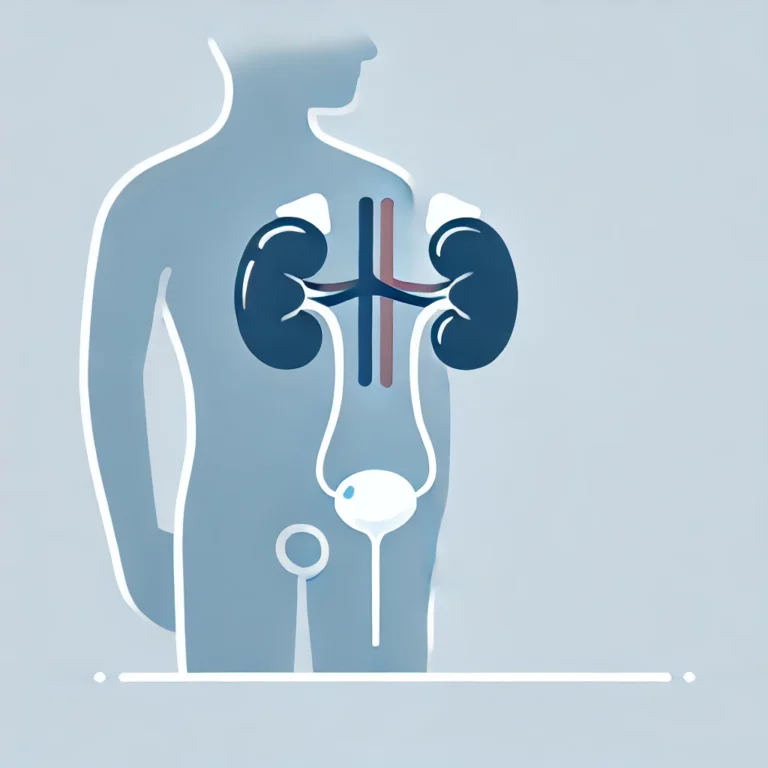
What is a Heart Attack?
A heart attack (myocardial infarction) occurs when blood flow to the heart is blocked, preventing oxygen from reaching the heart muscle. This blockage is usually caused by a buildup of plaque in the coronary arteries, leading to a life-threatening condition if not treated immediately. Recognizing heart attack symptoms early and providing first aid for heart attacks can save lives.
Common Symptoms of a Heart Attack
A heart attack can have different symptoms for different people. However, some of the most common heart attack signs include:
✔ Chest pain or discomfort – A feeling of pressure, squeezing, or fullness in the center of the chest that lasts for more than a few minutes.
✔ Pain spreading to the arms, neck, jaw, or back – Discomfort may move beyond the chest to other parts of the upper body.
✔ Shortness of breath – Difficulty breathing, even without physical activity.
✔ Cold sweat – Sudden, unexplained sweating.
✔ Nausea or vomiting – Feeling sick to the stomach.
✔ Dizziness or lightheadedness – A sense of weakness or fainting.
🚨 Warning: Heart attack symptoms in women can be different from those in men. Women may experience fatigue, nausea, back pain, or jaw pain instead of severe chest discomfort.
First Aid for a Heart Attack
If you or someone near you is experiencing signs of a heart attack, follow these first aid steps immediately:
1️⃣ Call Emergency Services (911 or Local Emergency Number)
- Don’t wait! A heart attack requires immediate medical attention.
2️⃣ Encourage the Person to Stay Calm and Sit Down
- Keeping still and staying calm can reduce strain on the heart.
3️⃣ Give Aspirin (If Not Allergic)
- Chewing a 300 mg aspirin can help thin the blood and improve circulation.
4️⃣ Loosen Tight Clothing
- This helps improve breathing.
5️⃣ Perform CPR (If the Person Becomes Unconscious and Stops Breathing)
- If the person is unresponsive and not breathing normally, begin CPR (Cardiopulmonary Resuscitation):
- Push hard and fast in the center of the chest (about 100-120 compressions per minute).
- Continue until emergency help arrives.
🚨 Do NOT give food or drinks to the person experiencing a heart attack.
Preventing a Heart Attack
Preventing a heart attack starts with a healthy lifestyle:
✔ Maintain a balanced diet (low in saturated fats and high in fiber).
✔ Exercise regularly (at least 30 minutes of moderate activity per day).
✔ Avoid smoking and excessive alcohol consumption.
✔ Manage stress levels through relaxation techniques.
✔ Get regular health check-ups to monitor blood pressure, cholesterol, and heart health.
A heart attack is a medical emergency, and acting quickly can save lives. Recognizing heart attack symptoms and knowing how to provide first aid can make a critical difference. If you experience chest pain, shortness of breath, or discomfort spreading to other parts of the body, call emergency services immediately. A healthy lifestyle and early medical intervention are key to preventing heart disease and staying heart-healthy. ❤️
🚑 Have you or someone you know experienced heart-related symptoms? Share your experience and help spread awareness!

